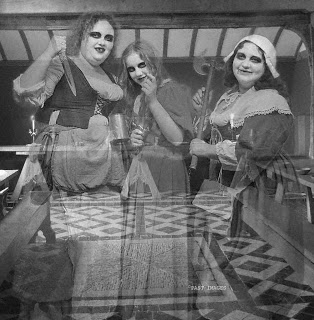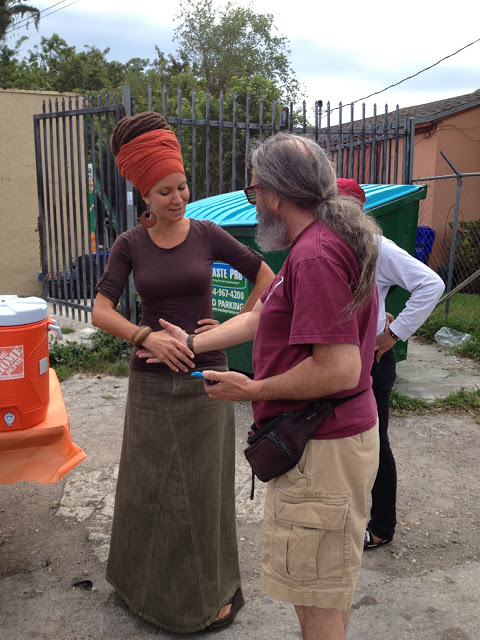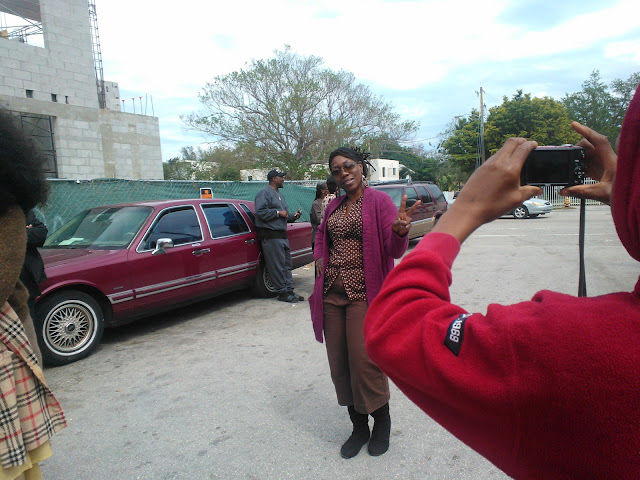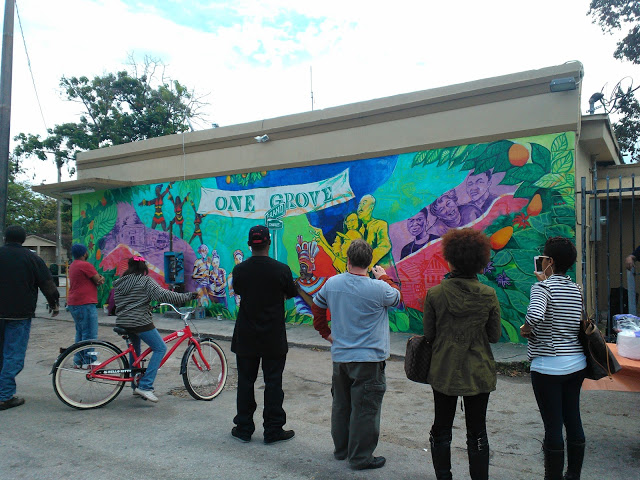A writer is always a writer. This writer has always been a writer. Over the course of my career I have written hundreds of articles that have been published. Every once in a while I reprint one of them here. This originally appeared in Hamilton Magazine.
The Ghost In The Machine
Nobody remembers who first named the ghost Harvey.
Harvey lives, if that’s the right word, at 121 Hughson Street North. This non-descript building has, over the years, housed the Sons of England (in 1916 as the first tenant of record) and several other fraternal benevolent organizations; 2 insurance companies; both a dance and photographic studio, at separate times; the Unemployment Insurance Commission; a spice factory; and churches of several denominations, including Catholic and Hindu.
In 1980, the 121 Café took up residence. The building has been a bar ever since. Today the building is home to The Werx.
Considering its current use, it’s a fair question: Is it the spirit of Harvey that haunts the bar, or the spirits of Johnny Walker Black?
It’s almost certain that Harvey is not his real name. His history cannot be confirmed. It is whispered he was once the building’s custodian and lived in a small room at the back of the main floor. Injured in a fire in the building, he later died at Hamilton General Hospital, about a kilometre away. The distance meant nothing, because he’s back at 121 Hughson Street North as if he never left.
Rob McConnell is a long time student of “strange and mysterious stuff and things that go bump in the night.” He’s been interested in the paranormal since childhood, when he saw what he describes as flying cigar-shaped object. “It definitely was a UFO because it was unidentified. Whether or not it was from planets beyond the solar system, I couldn’t tell you.”
More than 40 years later McConnell is considered one of the southern Ontario’s foremost experts on the unusual. He’s host & Executive Producer of The ‘X’ Zone Radio/Television Show; President of Ghost Tours of Canada and part owner of Niagara Ghost & Paranormal Tours. He has also narrated segments of Creepy Canada, the Discovery Network’s excursion into the paranormal.
McConnell has no problem believing Harvey could exist. “Do I believe? I certainly do. Have I ever seen a ghost? Unfortunately, not.”
“There are so many theories out there on what a ghost is. Some people believe it’s a magnetic imprint in time. Other people believe it is somebody who was taken without finishing their earthly mission. Other people believe ghosts come back to console those they’ve left behind. There are so many hypotheses out there, but there is no fact.”
And what does McConnell believe?
“It’s just another part the multi-dimensional world we live in. This is just a theory, [but] the sighting of a spirit could be the transition of one dimension into the other.”
Despite the fact that McConnell conducts his own ghost tour of the Niagara region, he’s not so gullible to believe every story he’s heard.
“The paranormal is a heyday for those who want to make a quick buck. There are many, many less-than-credible people out there, charging phenomenal amounts to go in and exorcize your house of ghosts. [….] The paranormal is a very strong marketing tool. I don’t know how many places in Niagara on the Lake, and throughout Niagara, use spirits to bring customers in.“
Haunted Hamilton has only recently come to realize the marketing potential of ghosts. Started 4 years ago by Stephanie Lechniak, 24, and Daniel Cumerlato, 26, after seeing a similar endeavour in Toronto, Haunted Hamilton has grown faster than envisioned. Now, nearly every Saturday night, Haunted Hamilton conducts a ghost walk, exploring either the Hermitage, downtown Hamilton, the Customs House, or the Stoney Creek Battlefield. Word of mouth is spreading. An average of 30 people go on the walks, at $10 a head, but there have been as many as 75 on a walk.
With such expansion and growth, they are talking about adding regular Friday night ghost walks. Earlier this year Haunted Hamilton hosted the 1st Annual Paranormal Summit and future plans have it opening Haunted Hamilton Headquarters in an historic James Street South location, where they can sell tickets to the ghost walks full time. Stephanie and Daniel take pride their walks are as much about Hamilton history as specters spooking downtown, since they spent untold hours in the Special Collections department of the main library, in research.
Which brings us back to Harvey.
It’s the night of a new moon, if that matters. It is also Karaoke Night at The Werx. A dozen patrons hug the bar, but not for support. It’s the only place you can puff away under Hamilton’s smoking by-law. No paranormal activity is apparent, unless one considers Damien Dommer channelling Freddie Mercury on Somebody to Love.
Dommer is the owner of The Werx and host of its Karaoke Night. He’s a barrel-chested 37-year old who bought the property in 2001, with his partner Tom. As a patron of the bar long before he bought it, Dommer knew that he was also buying Harvey’s residency, but was unconcerned.
“I just figured that at some particular time he would probably realize that we weren’t going to be going anywhere.”
He’s so matter of fact on the subject. “I’m a Pagan, in all senses of the term. It’s very open for me to believe a spirit could be here.”
Besides, “I didn’t care if he wanted to reside here. Some of the things he did weren’t very bothersome.”
That all changed on the night a large stained-glass logo of the bar crashed to the floor. Naturally, Harvey got the blame.
“I was in the bar, but not in the same room. How that ever came off we have no idea. It was literally screwed through the links [of a chain] onto the wall. It went flying off the wall onto the ground. It’s not as if it fell. It totally missed everything on top of the beer fridge. The one customer who was sitting there when it happened, was white. She was pale. She could not believe that that thing had moved horizontally. It didn’t tumble down. It flew down.”
Dommer points to where the stained glass landed. It’s about 10 feet from where it once hung. To have fallen from the screws on the wall, which are still visible, would mean the object had to defy gravity, moving south 3 feet, east 8 feet, and vaulting the bar….all at the same time.
Of the current staff at The Werx, Nancy Gleeson has known Harvey the longest. She’s been the building custodian for 12 years and has had several encounters.
“He’s very playful. He likes to play with the customers and the staff. He’ll go along the bar and brush customers’ shoulders all the way down the line. They would all turn around at the same time.
“[Another] night he was playing that piano in the small dining room. There were 8 of us sitting around after work, having a drink, and we all heard it. We walked down the hallway and as soon as my friend put his hand on the doorknob, it stopped. The door was locked. We opened it up and there was nobody there.”
Tonight, hopefully, there will be somebody there. Within hours, the Kitchener Waterloo Paranormal Research Society – also known as the Girly Ghostbusters – will arrive to conduct a ghost hunt.
The writer has brought the Girly Ghostbusters to this location to find Harvey. The writer has heard all of these stories before, as a long time patron of the bar. With an assignment to write about ghosts in Hamilton, he figures it might be worth a Nobel Prize to sit down and interview Harvey.
The staff has mixed feelings about hunting Harvey. Gleeson says, “I would love to find Harvey. I think that’s one of the reasons I’ve had the most encounters with him, is because he’s looking for somebody to –“ her voice trails off, realizing Harvey might soon be moving on.
Dommer is more succinct.
“If somebody could communicate to him that we don’t mean him any harm. We would be interested in finding out why here’s here. And if he needs to stay here, then he’s welcome here. If he’s searching for something or needs us on this side to help him pass over, it would be interesting if he could communicate that to us. If he is wanting to be on the other side, and he’s stuck in a sort of a limbo, we would be interested. If I had to get 50 people to stand in a circle to wish him well onto the other side, I can arrange that.”
The Girly Ghostbusters burst into The Werx just after midnight. While photographs show them to be Goth Gals, they arrive looking more Josie and the Pussycats than The Craft. Attire for a ghost hunt is more pedestrian: jeans and t-shirts.
The Girly Ghostbusters are Nicole Dobie, 21, Dana Matthews, 23, Jen Kieswetter, 19, and Corrie Matthews, also 19.
Dana and Corrie are sisters. Jen is their cousin. Nicole has been a friend for nearly a decade. Interviewing them is difficult as one finishes the thought of another. Asked how they arrived at the improbable hobby of ghost busting, Corrie says, “Each one of us has always had an interest in the paranormal. About 2 years ago we separately started becoming interested in ghost hunting. We found out you can actually ghost hunt – you could go out with your equipment and try and document your own paranormal proof.”
Dana finishes. “We went out one night, after surfing through the Internet and looking at some pictures, then watching ghost shows on TV. We decided we were going to go out with an old 35 mm camera and a bunch of bent coat hangers to the local cemetery and we’ve been hooked ever since.”
Corrie carries a heavy case with the group’s scientific equipment. When asked what scientific equipment she has in there she replies, “All kinds of crap.”
The Girly Ghostbusters have been told nothing about Harvey, other than the fact that he’s in the building. It will be up to them to find him.
Dana and Nicole bring out their pendulums to look for “energy,” which could be residual traces of Harvey. One of the first surprises is the direction where Dana’s pendulum keeps pointing. It’s clearly pointing to a locked door at the bottom of the stairs leading to the top floor, a space that’s unoccupied and used for storage.
Right outside this door Harvey has been known to play tricks.
Before the GG arrive, a tape recorder captures Dommer’s story. “Tom, my partner, was vacuuming. He shut the vacuum cleaner off and walked away and the vacuum went on by itself. It’s one of those where you press the button, it actually clicks off and you have to click it back on again. It went on all by itself and there was no one else around.”
Now, the Girlies want to climb those stairs, based on the readings of the pendulum. On the top floor, they feel disquieted. According to the GG there are pockets of cold and dead air in the smaller of the two rooms on the top floor. The writer cannot detect the changes in temperature.
The ghost hunt continues. The GG are told there is no place they cannot explore, so every room is investigated, every nook and cranny of the labyrinthine building is examined. Two tape recorders are running constantly, while the Girly Ghostbusters relate their sensations.
At one point Dana feels a tug on her sleeve and describes it as if someone is trying to get her attention. No one is near her when that happens. A flurry of camera flashes and the spot where the tug is felt is documented on digital disc for later examination. Looking in the small viewfinder, Jen thinks she may have captured an “orb” with the camera.
She explains, “Orbs are, what some ghosthunters believe, are tiny little balls of light. They’re 3-dimensional, they’re not dust. You can actually see them as moving balls of light. What they believe is an orb is one of the first steps that the spirit has into making a full apparition. So, orbs would be first. Spirit eco would be next, which is that sort of smoky, foggy vapour. Then you would get vortexes, which are really strong dark spirals that, sort of, zoom through pictures. Those are just the different levels spirits take to fully form.“
At another point Dana is convinced someone has whispered the name “Rick” in her ear. Coincidentally, Harvey has been known to tease staff by whispering their names in their ears. However, no one present knows what “Rick” could mean, unless Harvey is trying to reveal his real name.
After all four floors are examined, the Girly Ghostbusters and Damien go back to the Zen Lounge to compare notes and for the GG to finally learn about Harvey.
This is where it gets a little strange.
In a building with four floors and thousands of square feet on each – with small rooms off larger rooms and crawl spaces everywhere – there are many places one could say one felt something mysterious. However, the Girly Ghostbusters only had sensations where Harvey has been known to play his tricks. Where Harvey has never been sighted, they report nothing. It’s clear to the writer that the Girly Ghostbusters have had many more hits than misses.
Elation turns to disappointment when the Girly Ghostbusters admit they don’t communicate with spirits, they just document their existence. If Dommer wants to get his message of welcome to Harvey, he’s going to have to bring in a clairvoyant to pass along the sentiments, or resort to Ouija board.
* * *
A few days later, Dommer agrees to another interview.
It’s hard to keep him to the subject of the ghost hunt because he has pictures to show, taken the afternoon of the evening in question.
“These were some pictures taken by my friend’s digital camera the day we were outside doing the patio. You remember they [GG] were talking about orbs, and they said they felt it immediately around the building. This may freak you out. My friend was taking some very innocent pictures and he came across, without even knowing, what I believe to be exactly what it is they were talking about.”
The pictures are examined. Some clearly show some orb-like things floating in the frames. It’s not something on the lens because some of the pictures are normal. Sunlight or reflection are ruled out because the pictures were taken from all directions, not to mention from ground level and from the height of the fire escape.
Nothing seems to satisfactorily explain the orbs in the pictures.
Pulling Dommer back to the subject at hand. Will he continue to look for Harvey?
“I think I will. They said to get a clairvoyant in here or ask Harvey to reveal himself in a dream. I have no problems sleeping upstairs and asking Harvey to come to me in a dream. I hope I remember what it is. Look. Maybe Harvey doesn’t really exist. We don’t know. We don’t have any concrete proof, but I would love to know if there is somebody here, what he’s doing here, and what’s his story.”
If that ever happens, 121 Hughson Street North could officially be on the ghost walk of downtown conducted by Haunted Hamilton.
NB: This was my final draft before my editor made any subsequent changes. Any typos, or bad grammar, are mine. The title of the article and the graphics were not part of the article as originally published.
















































































